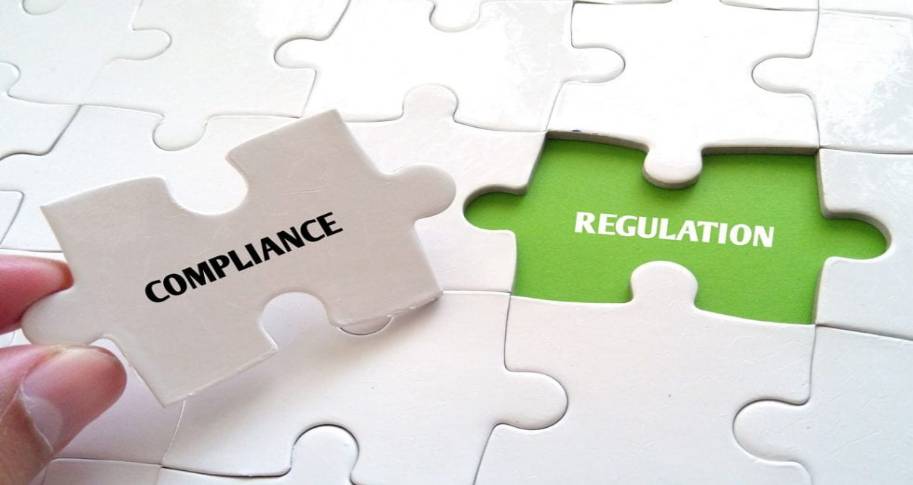
Decoupling involves formally announcing a company’s adoption of practices that comply with new governmental regulations, while continuing many daily routines which violate the regulations. It usually happens when managers know they must appear to abide by new regulations but believe that actually complying would be costly or inefficient. Research on decoupling has largely overlooked how it is affected by compliance inspections. Mirzokhidjon Abdurakhmonov of the University of Nebraska-Lincoln, Joel F. Bolton of the University of Southern Mississippi, and Jason W. Ridge of the University of Arkansas change that. They present a conceptual model that portrays decoupling as a dynamic process in which adherence to regulations fluctuates in accordance with factors including the perceived likelihood of an impending audit. Their article – “When the Cat’s Away, the Mice Will Play: A Model of Corporate Regulatory Compliance” – was recently published in the Journal of Managerial Issues.
Abdurakhmonov, Bolton, and Ridge suggest that a few factors determine the form that decoupling takes as firms switch between compliance and non-compliance. For instance, Food and Drug Administration “process regulations” require pharmaceutical companies to comply with certain manufacturing practices. Those process regulations warrant different forms of decoupling than do Environmental Protection Agency “product regulations” that limit how much sulfur dioxide a factory can emit. The authors also show that firms decouple differently when facing scheduled regulatory reviews than they do when reviews are unannounced and therefore more unpredictable. In total, they cover four types of decoupling: periodic, anticipatory, compensatory, and targeted. Moreover, they find that most decoupling firms gradually stop backsliding into their old practices over time. As switching between compliance and noncompliance proves inefficient over the course of multiple audits or inspections- and established leaders give way to new managers who have no ties to the old routines – companies shift toward continuous compliance.
The article has interesting implications for both researchers and policymakers. In addition to presenting researchers with a model for understanding decoupling as a dynamic process, the authors propose research questions for others to consider in the future. For instance, what characteristics of regulatory requirements affect the fluctuation of compliance? For policymakers – who presumably want consistent regulatory compliance – the answer seems to be unannounced inspections and relatively short periods between reviews. At the same time, the authors caution policymakers against becoming too heavy-handed in their demands and causing “imbalance for the firms being regulated such that firms become inefficient, customers are priced out of markets, or employees are terminated.” As their model suggests, decoupling firms should eventually “achieve compliance as the organizational routines evolve in response to” successive inspections or audits. They warn that “overzealous or impatient regulators may derail this evolutionary process and obscure the benefits sought for society….” Read the full article in Volume XXXI of the Journal of Managerial Issues.
*The link above does not provide direct access to article, you must check with your college/university library, local public library, or affiliated institution to gain access to the full article.







